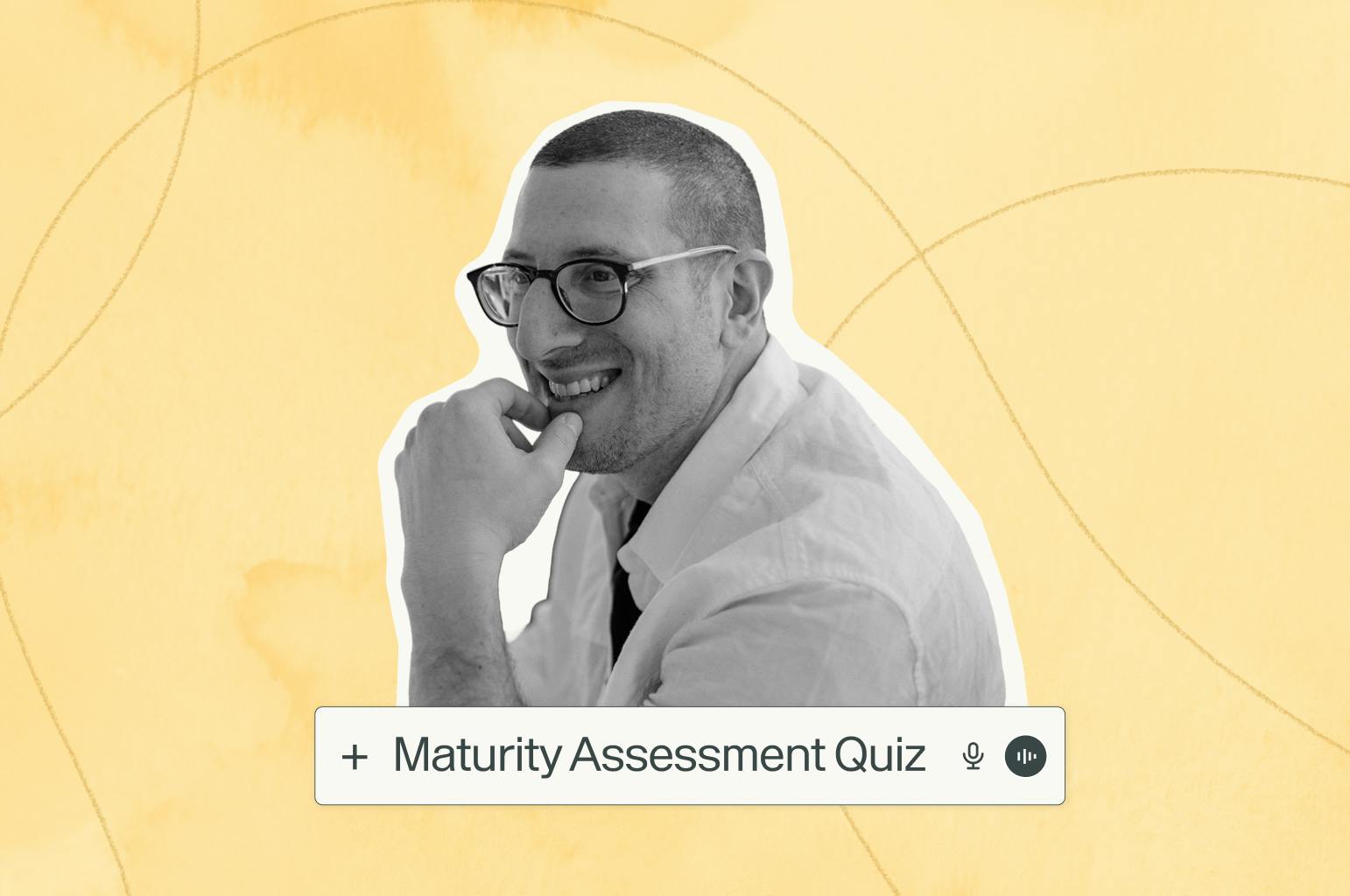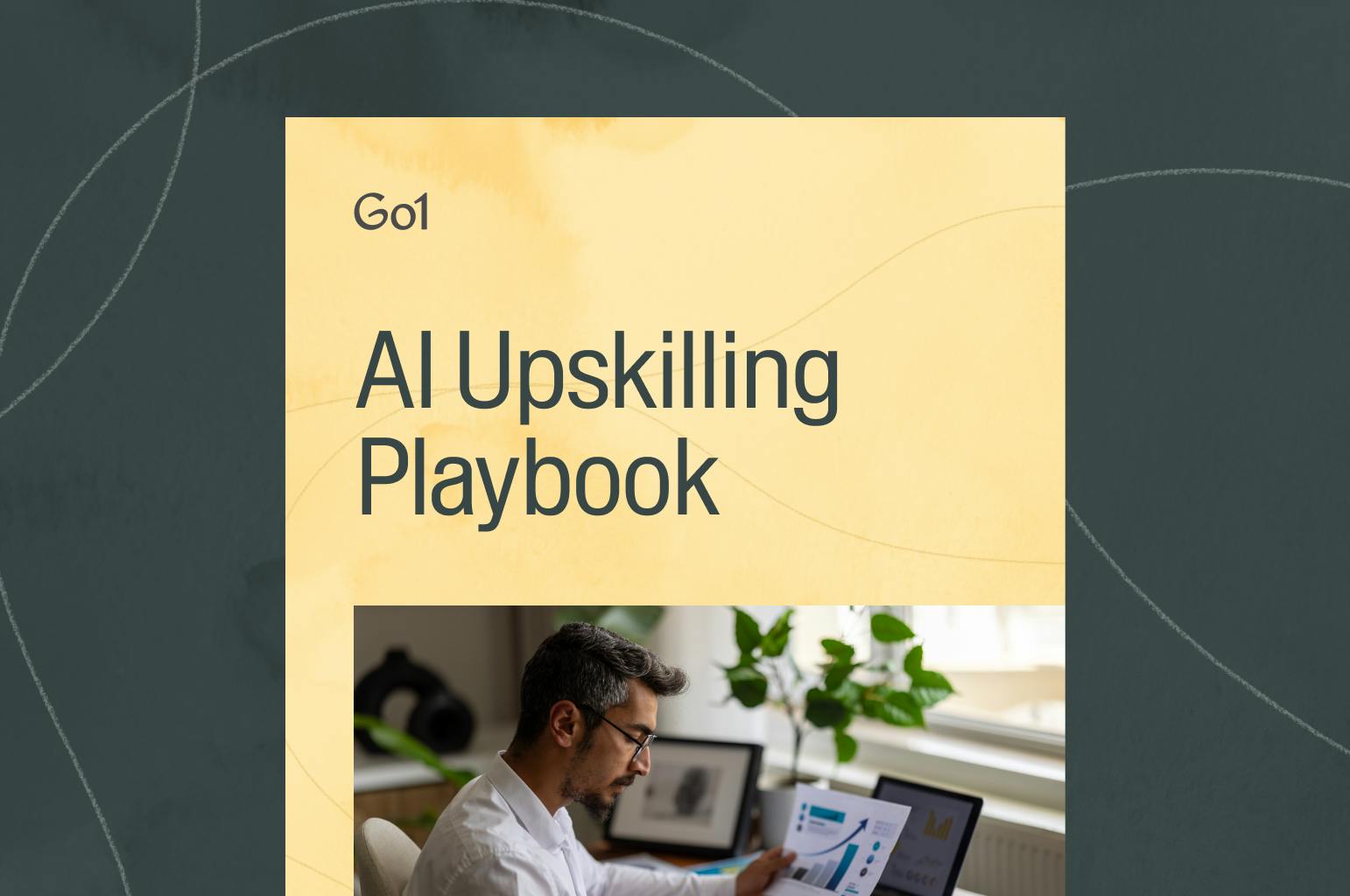How to evaluate professional development across an organization

Professional development is crucial to ensure your business stays competitive in an ever-changing landscape. However, as well as offering development opportunities for your employees, evaluating your development strategy is vital to ensure it is as effective as possible.
With the right approach, you can quickly discover what’s working for your professional development strategy and where there’s room for improvement.
With this in mind, we'll explore why regular professional development evaluation should be a priority, including the steps you can take and how to leverage technology to your advantage.
What is the impact of professional development on employee performance?
Professional development plays a significant role in employee performance. Without professional development, your employees will never reach their full potential, and neither will your business.

Below are some of the ways professional development benefits employees and your business:
- Upskills and improves knowledge
- Increases motivation
- Improves engagement
- Increases productivity
- Improves confidence
- Greater job satisfaction
- Aids with retention and attracting top talent
- Ensures your business can adapt to industry changes and customer demands
Each of these points has a positive impact on employee performance. But, how can you demonstrate this impact to understand why professional development is so vital?
For more information, check out our post on why professional development is essential for future-ready organizations.
Why is evaluating professional development important?
Providing your employees with development opportunities should only be one aspect of your L&D strategy. Another key part is measuring the effectiveness of your strategy and how you can improve it. By neglecting this part of the process, you risk:
- Your development program not aligning with the overall goals of your organization.
- Not having a clear understanding of how effective your development program is and whether it has improved employee performance.
- Not being able to determine your program's return on investment (ROI) means you risk it not being as cost-effective as it should be.
- By not identifying your organization's skill gaps, you risk not being able to deliver in ways that customers expect.
- Employees not engaging with training materials and not retaining what they learn.
What steps should you take to evaluate professional development?
Below are the steps your organization can take to evaluate professional development.
1. Engage stakeholders and senior leadership
Ensure stakeholders and senior leaders are engaged in your learning and professional development strategies and regularly offer feedback. Your leadership team should also be actively involved in developing their skills to lead by example.
When stakeholders are involved throughout the process, it helps them understand the value of professional development across the organization.
2. Have a thorough understanding of the goals of professional development
Before evaluating your organization’s professional development plan, you should understand your professional development goals. These goals must align with the overall goals of your organization. Otherwise, the ROI won’t be as high as it should be.
Then, you can undertake a skills gap analysis to identify which skills your employees should develop.
3. Set measurable objectives and KPIs
Set clear and measurable objectives so employees know what’s expected of them. These can include individual goals or business goals. These objectives will play a major role in the effectiveness of your strategy.
Examples of individual employee objectives include:
- Complete a certification in a certain subject by a set date
- Improve individual sales targets
- Take on new leadership responsibilities
To evaluate the effectiveness of professional development on the business, KPIs could include:
- Training engagement rate
- Course assessment scores or completion rate
- Specific goals, such as increased average order value
- ROI of professional development and training
4. Collate data
Ensure your organization continuously collects data relevant to your development program. For an accurate evaluation, you will also need data from before any professional development occurred. You’ll be able to take much of the necessary data from your learning management system (LMS).
5. Analyze your data
Measure your data against your original objectives and KPIs to assess the effectiveness of your program. There will be patterns and trends that align with your organization’s goals if your development strategy has been successful. From this, you’ll also be able to assess your program’s ROI.
6. Use your data to refine your professional development strategy
You can also use data to identify ways to improve your professional development strategy. Have you met certain objectives while others are still in progress? If so, can you repeat stages 2 and 3 using the data you’ve collated and analyzed?

It’s also important to communicate the success of your plan across the organization. Acknowledging milestones and achievements will help employees see the value of continuous learning and development.
The role of feedback in professional development evaluation
You can collate useful data through your LMS and other learning systems, but feedback is another useful way to evaluate professional development. Feedback from employees, managers, and senior leaders will help you identify what works and where your strategy could improve.
This is important because while data could say one thing, the feedback from your workforce could indicate another. Asking for feedback will give you a complete picture and allow you to accurately evaluate your professional development strategy.
How Go1 helps
At Go1, we have a huge range of courses to support your organization’s learning and development strategy.
For more information, download our guide on five new thinking habits for a smarter, stronger L&D.
Learning made simple

Related Articles

Application Guide: How to use the Go1 AI for L&D Maturity Assessment to assess our workforce AI capability

AI upskilling made clear: A practical guide to building an AI-ready workforce

Go1 welcomes PepTalk

5 Data-Backed Insights Shaping the Future of AI in Workplace Learning

Train smarter, spend less
Train smarter,spend less
Connect with a Go1 expert to explore the best training options for your organization—no pressure, just solutions that work.